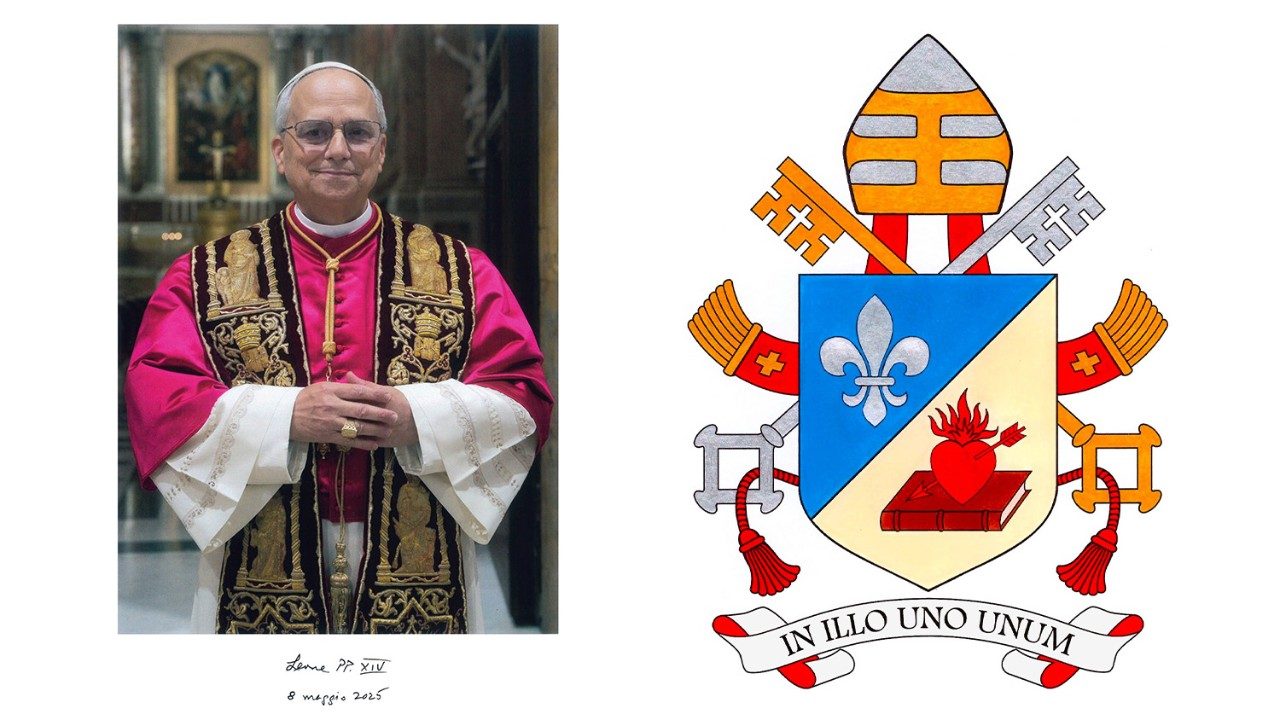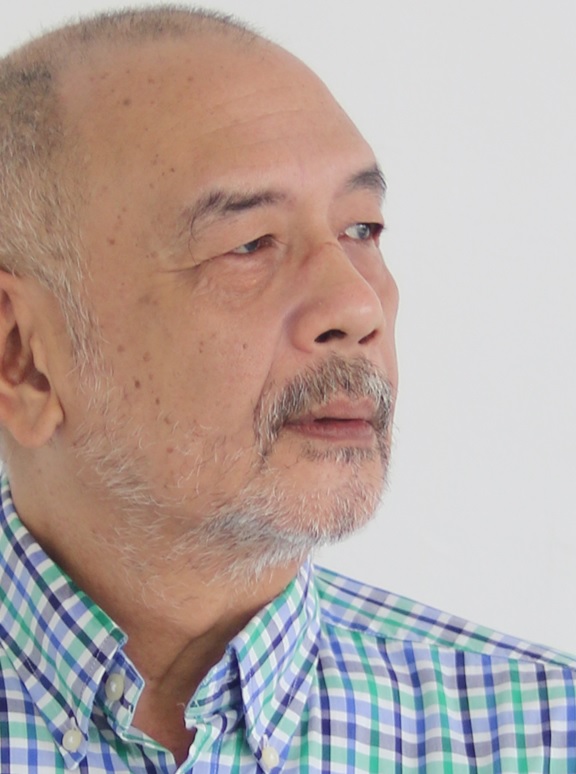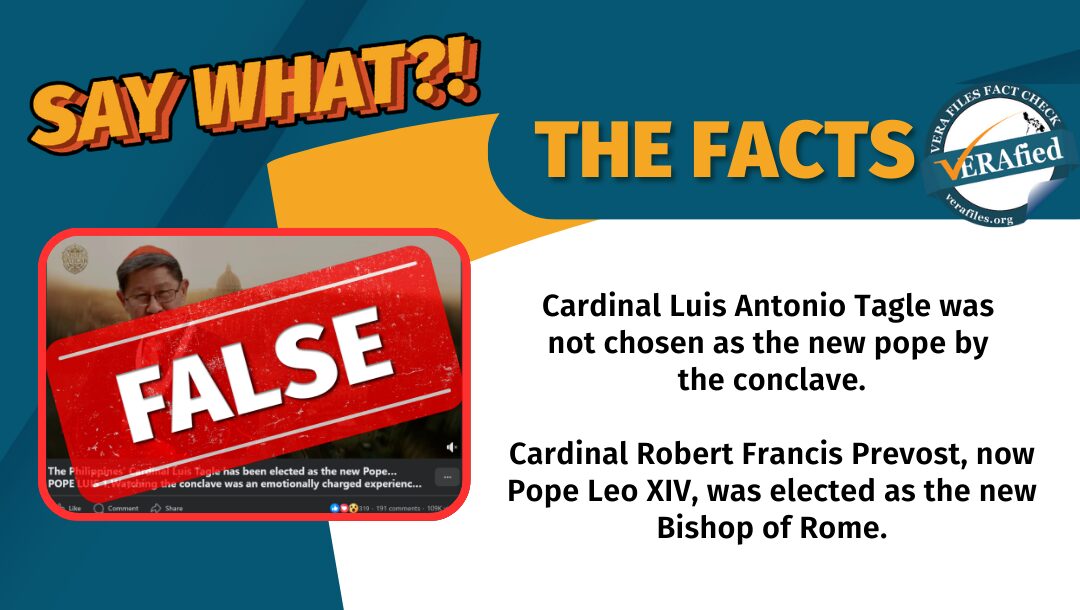As the name Robert Francis Cardinal Prevost vibrated around the world, an American genealogist immediately buckled down to work on the new pope’s family roots.
Jari Christopher Honora is a certified genealogist who is a native of New Orleans, Louisiana. His Creole roots date back more than two centuries. He works as family historian in the Williams Research Center of the Historic New Orleans Collection, a museum in the famous French Quarter of the city.
The curiosity began when he thought the surname Prevost, suspecting it was French, could have had possible roots in French Louisiana. Proving that to be false, he instead stumbled upon the records of the Martínez roots.
Pope Leo XIV’s mother Mildred Agnes Martínez was born to Louisiana natives of Creole origin. Her parents Joseph Martínez and Louise Baquié moved to Chicago between 1910 and 1912.
Honora’s finding was to be confirmed a day after the conclave. On May 9, Archbishop Gregory Michael Aymond, Archbishop of New Orleans, said mass at the New Orleans cathedral. In his homily, the archbishop said that the pope’s great grandmother was baptized in the cathedral in the year 1840. The confirmation meant that records are extant that can document Pope Leo’s roots.
In a fast turn of events following the euphoria at Rome, the New York Times picked up Honora’s story. It then contacted the Pope’s older brother John Prevost, to vet the genealogical finding. John, who lives in a Chicago suburb, confirmed the finding as accurate.
What does it mean to be a Creole from Louisiana? Originally the designation referred to people of French ethnic descent during the periods of French and Spanish rule before Louisiana became part of the United States. They were white-identified Creoles.
The term Creole then encompassed migrants from the island of Hispaniola in the Caribbean when during the Haitian Revolution of 1791 to 1804 there was a mass migration of whites, free people of color, and slaves to Louisiana. Today, Creole refers to a mixed-race people of color.
Honora found Mildred Martínez’s 1912 birth record in Chicago that listed her parents and their origins. Joseph Martínez’s birthplace was the Dominician Republic (half of the island of Hispaniola) and Louise Baquiés as New Orleans. Honora also found a 1900 Census that identified Joseph and Louise Martínez as black.
All Creoles were Roman Catholics. The Martínez grandparents of the pope lived in New Orleans’s Seventh Ward, a historic center of Afro-Creole culture. They were married in the church of Our Lady of the Sacred Heart in Seventh Ward. Two of Mildred’s sisters became religious nuns. She was a graduate of library science from DePaul University in 1947 and worked as librarian in Catholic high schools in Chicago.
John Prevost said their paternal grandparents were from Italy and France. Louis Marius Prevost, the pope’s father, enlisted in the Navy during World War II and was sent to Normandy, France. After the war, he worked as an educator and became a superintendent of schools.
A pope born in the United States, migrated to Peru as a missionary Augustinian priest, then adopting Peruvian citizenship, and has mixed-color birth origins can have bearing on his pastoral theology.
As a pope of the contemporary world, one issue he will address will be migration, a preferential apostolate of the Catholic Church. Migrants migrate to escape conditions of poverty, religious and political persecution, and wars. Migration is never a crime. What will his papacy do to embrace the humanity of migrants and refugees? As a son of migrants and of Afro-Creole culture, Leo XIV is a groundbreaking pope.
Catholic social teaching avers that migration should be a matter of choice, not of necessity. People have a right not to have to migrate – that is the Church’s position. It hence considers immigration policies of states as based on Christian teaching rooted in human rights and the dignity of every human being.
The Holy Family migrated for Jesus’s birth in Bethlehem against a backdrop of a wicked king out to persecute them. Migration, in fact, is a central metaphor in Catholic thought. St. Augustine, the new pope’s spiritual father, maintained that as Christians we are pilgrims journeying to the City of God.
In 2002, the Church’s Pontifical Council for the Pastoral Care of Migrants and Itinerant People released a document, Migration and the Social Doctrine of the Church, advancing that migration laws of states must be just.
“Dignity, solidarity, common good: These are not humanitarian ideals or political slogans. They are a synthesis of what Jesus Christ proclaimed as Good News and lived out even to death on the cross.”
To be a pope of the present world, one faces migrants and refugees who plead for acceptance. Pope Leo gives us hope that will be shaped by his Afro-Creole and French ascendancy. We have with us a pope of humble origins.
If there is one defining moment of the new pope with political refugees, it is this:
Lisbeth Diaz, a Venezuelan who migrated to Peru, relates the story. Seven years ago she and her fellow Venezuelans escaped the Nicolas Maduro dictatorship that had reduced Venezuela to an economic and political disaster. The refugees were received in Chiclayo by its bishop, Robert Prevost.
Diaz had no inkling of the future. Robert Prevost, the bishop who supported them and with whom they shared laughter, confessions and anecdotes, would become the new Pope Leo XIV.
The views in this column are those of the author and do not necessarily reflect the views of VERA Files.


